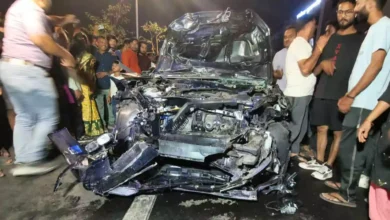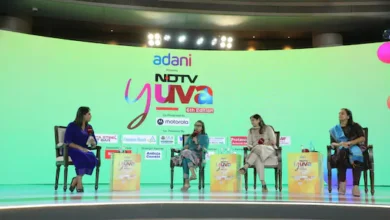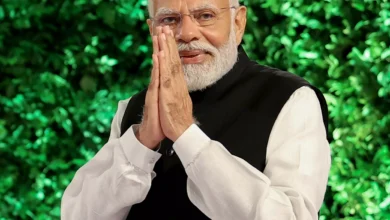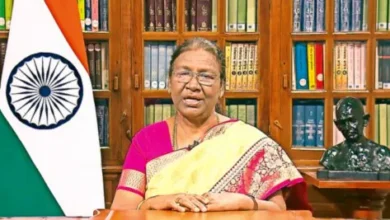In a significant escalation of the language debate, Tamil Nadu has decided to omit the rupee symbol from its state budget.
Tamil Nadu Chief Minister MK Stalin delivered a firm message to the central government regarding his opposition to the three-language formula. In the 2025-26 state budget logo, the official rupee symbol was replaced with the Tamil word for 'rupees,' "ru" from "rubai."
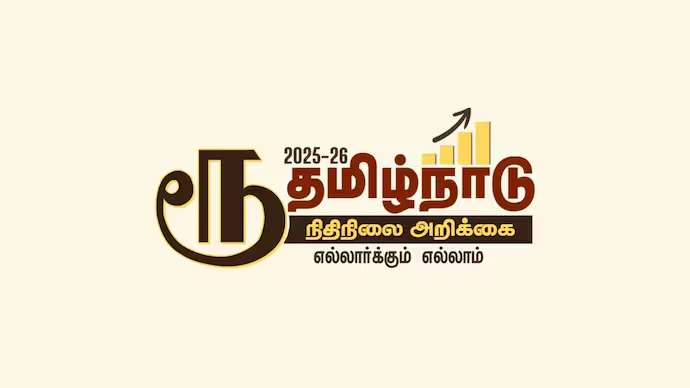
Tamil Nadu Chief Minister MK Stalin Removes Official Rupee Symbol in State Budget, Fueling Language Controversy
In a bold decision that has heightened the current language controversy, Tamil Nadu Chief Minister MK Stalin has opted to use the official rupee symbol as the Tamil letter for ‘ru’ from the term ‘rubai’ (rupees in Tamil) in the state budget for 2025-26. This move is made in the wake of Stalin’s ongoing resistance to the three-language formula as per the central government, and it further accentuates the increasing tensions regarding the implementation of regional languages in official affairs.
A Bold Statement Against the Three-Language Formula
In making this move, Stalin is making a bold statement to the central government about his attitude towards the promotion of Tamil and regional languages. Replacement of the official symbol for rupee by “ru” from “rubai” is a unmistakable indication that the state was determined to sustain and promote the use of Tamil in every detail of governance and public life. This move can be anticipated to cause more commotion in the debate on the language policies in India, mainly with regard to the three-language formula suggested by the central government, which met resistance from leaders in different states.
A Peek into the 2025-26 Budget
Before the presentation of the 2025-26 state budget on March 14, Chief Minister Stalin posted a teaser on social media platform X (formerly Twitter). In his blog, he highlighted the state’s vision for comprehensive and broad-based development, stating, “To ensure the widespread development of Tamil Nadu to benefit all sections of society.” This line suggests the major thrust of the budget, which will probably have provisions to enhance economic growth, infrastructural development, and social welfare schemes benefiting all sectors of the population.

The Role of Tamil in State Governance
The use of the Tamil letter for ‘ru’ in the budget logo is more than symbolic. It highlights the significance of the Tamil language in the governance and public life of the state. Tamil Nadu has always been a vocal supporter of promoting Tamil, and this action is in line with the state’s overall attempts to preserve its linguistic heritage. The move away from the official rupee symbol can also be interpreted as a response to what many in the state perceive as the imposition of Hindi in official contexts, adding to the controversy surrounding language rights and regional autonomy.
What’s Next for the Budget Presentation?
The presentation of the 2025-26 state budget on March 14 will be a big event in Tamil Nadu’s political calendar. With the change in rupee symbol already being in the spotlight, everyone’s eyes will be on the budget to observe what new programs the state government is going to bring. Economic proposals for post-pandemic growth, employment generation, education reforms, and infrastructure development are going to be some of the highlights. The budget is also likely to include evidence of the state’s sustained commitment to social welfare schemes, a tradition dating back to Stalin’s leadership.

Conclusion
MK Stalin, the Chief Minister’s, decision to substitute the official rupee sign with the Tamil letter representing ‘ru’ in the logo of the state budget is an empowering statement of cultural assertion and regional pride. With Tamil Nadu gearing up for the presentation of its 2025-26 budget, the decision has given rise to a new wave of debate on language politics in India. The March 14 budget presentation will be a watershed moment in the political narrative of the state, with the focus on inclusive growth likely to be a key theme.


